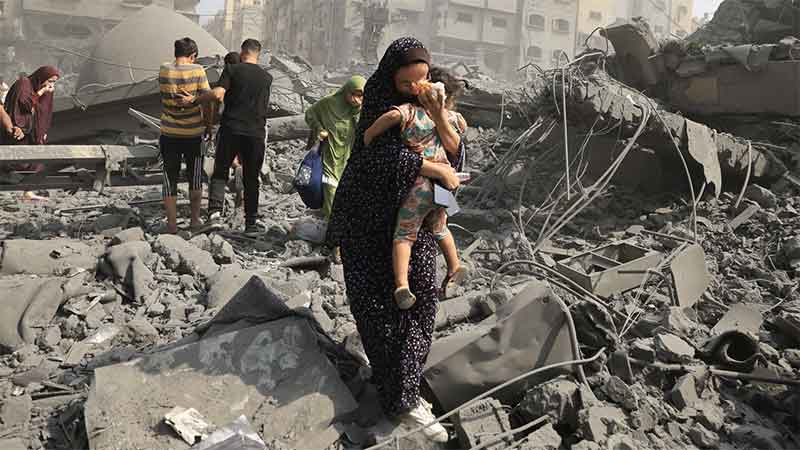
As threats of war, weapons and violence increase at many levels in a deeply troubled world, the peace movement, in all its nobility and good intentions, is found to be too weak to respond adequately to these big challenges.
Far too many people are paid to work full time for weapons and wars than for disarmament and peace–in fact the ratio of the latter to the former may be as low as one to one million. Most of those who can be seen to be working for peace may not be working in an unbiased way and hence can make only limited contribution. Those working with complete commitment to the basic idea of peace and non-violence are really very few, those among them with the opportunity or the ability to link local with global issues are even lesser. Thus we have the paradox of the most important objectives having the least number of people working for them. This by itself speaks much for the priorities of our world.
Yet at another level the peace movement undoubtedly has the potential to be very strong and broad-based. Its enormous potential exists in the basic reality that the overwhelming majority of people, perhaps over 90%, want to live in a more peaceful world and would like their children to inherit a more peaceful world. Somehow these yearning of world’s people do not get translated into realities. The challenge of the peace movement is to guide these worldwide yearnings of people–of women even more than men—in such ways as to make the entire world a much more peaceful and safer place, for now and for future, for us and for our children.
No matter how destructive wars have become, ordinary people in most parts of the world (although not those who have directly experienced the tragedy of war in their own life) tend to be more affected by violence close to them, by violence in their daily life. This may be in the form of domestic violence, gender-based violence, workplace violence, bullying, violence towards self, street violence or other forms of violence. Many good and wise people are already involved in trying to reduce all this. However quite often they may not identify the deeper causes and contexts of all this violence, thereby missing out on more effective remedial actions and the wider social response that is needed.
If a movement for peace and non-violence can result in establishing inter-linkages and providing a wider social response to these various forms of violence, with emphasis on incorporating peace and non-violence as very important social values to be integrated into society in various ways with continuity, then all these forms of violence and their associated distress can be reduced in much more effective and sustained ways. In such a situation, many people who have experienced the great relief and joy of the reduction or removal of violence from their life, as victims as well as perpetrators, would be motivated to become peace activists, taking this message of peace ad non-violence to others. Hence the peace movement gets a very wide base, where commitment to peace is being strengthened all the time and the number of peace activists is growing.
The next logical step would be to link this strong base for reducing personal, inter-personal and local violence with the wider peace movement for peace and non-violence based national and international policies, for a future without wars and the arms race, for ridding the world of the huge threats associated with nuclear weapons and all weapons of mass destruction.
With a strong base of millions of people engaged in peace activities on continuing basis, such a peace movement, unlike the present-day peace movement which lacks a wide base and continuity of committed peace work, will be able to become a much more effective voice, particularly among the youth, and will be able to influence policy makers in more effective ways.
Another way of strengthening the peace movement would be to build stronger linkages with the various other movements for creating a better world, including the various movements for justice and equality, women’s movements, movements for environment protection. There are important meeting points for all these movements. To give just one example, a world without wars would also have much less destruction of environment, much less GHG emissions and would be much better prepared in terms of climate change adaptation. Coming closer to each other and cooperating with each other, working together for joint actions and programs can strengthen all these social movements which are so important in the quest for creating a better and safer world.
Bharat Dogra is Honorary Convener, Campaign to Save Earth Now. His recent books include Planet in Peril, A Day in 2071 and Earth without Borders.













































